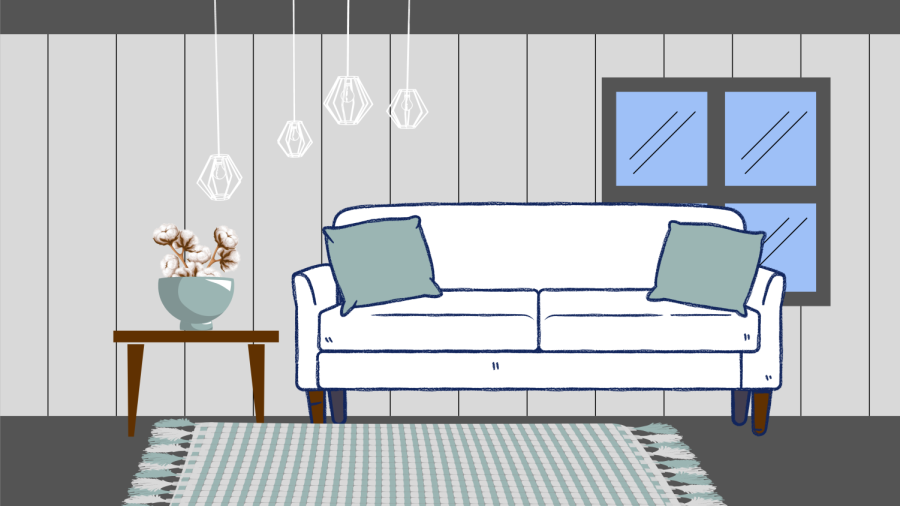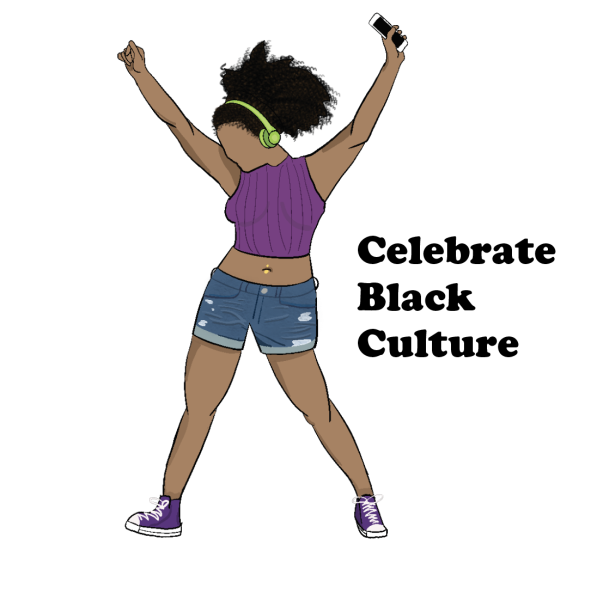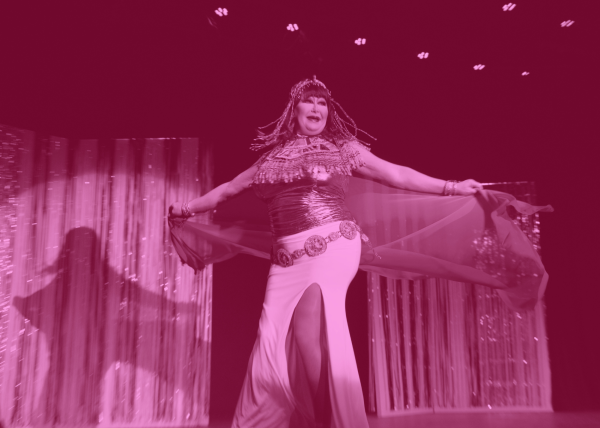The unsettling color gray
At some point in my childhood, the front living room at my father’s residence went from a gold damask wallpaper with an olive green wainscoting lining the walls, to a parisian gray matte paint and white trim. This transpired at some point in my early teens, and I obviously had no say in this travesty. I cannot blame my father for this monstrosity, as he is only a man, and I do remember HGTV being on in the background of many of my core memories.
In 2014, during the height of a Pinterest inspired home renovation boom, a little television show took off and made celebrities of the duo that has been inspiring architectural and interior designers since: Chip and Joanna Gaines. On occasion, I have said some pretty choice words about the couple, but it never is about them as people, just their aesthetics for the home. The abundance of white-washed wood, Mason jars, and shiplap is something that I can look past, but the overuse of the color gray and her slightly ignorant choice of decor is almost unforgivable.
A normal person would not wince in over-exaggeration at the sight of a smokey gray painted wall, but I am not a normal person. There is something about it that just makes me jump in my jimmies, and I think it is because of the grip that it has taken over society, but specifically the American South. Within the last decade, the natural tans and browns are no longer a plain neutral to paint your house, and gray has replaced them.
Advertisement
The days of warm tones have passed, and the icy cool winter tones have been lingering around a while. It used to be that when you were selling a home and wanted all neutral walls to help it sell better, you painted the walls a taupe-like color. Now, the realtors will always recommend painting the entire house different hues of gray to help get it off the market.
My mother moved into a house last year with my stepfather, and it is so cute. Built some time in the mid 1960s, it has plenty of character, except for the fact that the previous owners had zero taste for home design. Every single wall in that house has been doused down with a thick coating of white or gray paint. To the old inhibitors, they were keeping the house modern and up with the times, to me, they made the whole place feel like a prison.
I just cannot settle myself while being surrounded by the color of graphite or smog. The most unsettling thing about it to me is the rest of the aesthetic that comes along with these blandly colored walls, and the connection that I have made to an embarrassing past.
Everybody is entitled to their own aesthetic, and honestly Joanna Gaines is not a trashy person, and I sincerely believe that most of her own home goods that she sells on the shelves of Target are made of quality materials, for the most part. Everything she puts out has the feeling of an old item that has been made of modern materials. It is hard to find new products that pair well with old aesthetics, and she has created a fabulous line of decor that does, but there is always something a bit unsettling and even more uncomfortable about what she finds inspiration in.
Based in Waco, Texas, Gaines has found great inspiration in the beauty of the South, but you cannot address the beauties of the region without addressing the very bad things that took place there for so many years.
Known as “Modern Farmhouse” decor, you can’t help but connect this style to its greatest muse and probably the biggest stylized time in American history of the South, and that would be the Antebellum era. The word antebellum means a time before a particular war, specifically to the U.S., the American Civil War. It is used now to describe buildings and fashions designed during the period. This style would be most easily identified as plantation homes or the look of the French Quarter in New Orleans.
Large grand pillared homes with fields of crops were once again a want for many Americans because of the Gaines family duo and their work on antique homes, and it is very obvious where a lot of her design ideas came from. That would be the Old South. A world that is not so far removed from ours now, displayed through the minds and mouths of those raised in it. Although the aesthetics may look nice, it is hard to separate them from a time of hate for so many minority groups.
Advertisement*
I always end up tugging at the neckline of my shirt and clear my throat in discomfort when I enter a home and notice a big bowl or basket filled with cotton stems. One cannot stare at cotton and think of its beauty and importance to everyday life without addressing the sorrows that came along with it. In Joanna Gaines’ early work, cotton was a big part of her “fillers” (the things you use to fill unnecessary empty spaces), and people in the American South lost their minds for this look, and immediately copied it almost verbatim in their homes.
Being the history buff that I am, I can’t help but see all of the connections to the past in all aspects of my life. What is the point of having a flair for design if you are not educating yourself on where different styles and trends of today are derived from. It is very important to me, and I can’t help but connect things to each other even if it’s a bit uncouth.
It is more conspiracy theory than anything, but I would be lying if I said that I didn’t think that the southern ties to the color gray would be connected to the past in some way, but I do. The color of the uniforms worn by the confederate army were gray, chosen because it is hard to spot someone wearing gray at a distance. So, is it a coincidence that the color gray made such a splash when introduced to the masses alongside with the bustling rise of farmhouse chic?
Gray is considered the absence of color, finding a midway between dark and light. It is an achromatic color, meaning that it is truly without color. Isn’t that what the south always wanted, a world without color? It is easy to white wash over the darkness of the past, and shiplap over the cracks in society, but there will always be subtle reminders in what we do and say of the wrongdoings of the past. We just need to leave them behind us.
Advertisement













